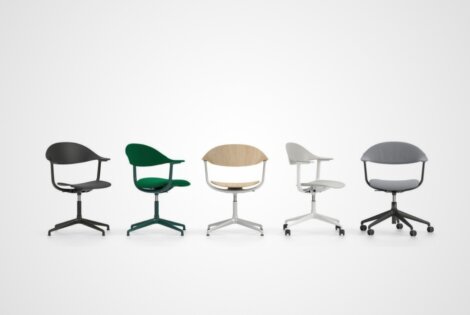Flatscreen televisions are undeniably ubiquitous given bulky cathode ray tube (CRT) technology has become obsolete. Additionally, LCD, LED, and OLED panels are now substantially more affordable than before. We believe only a rare few still use old-school TVs. If so, it’s likely to hook up vintage consumer electronics and game systems. Manufacturers typically expect users to place their units on top of a dresser, console table, or any other flat surface, which is why they ship them with detachable stands. On the other hand, a TV bracket is a great way to optimize space and enhance your entertainment setup.
Space-Saving Versatility
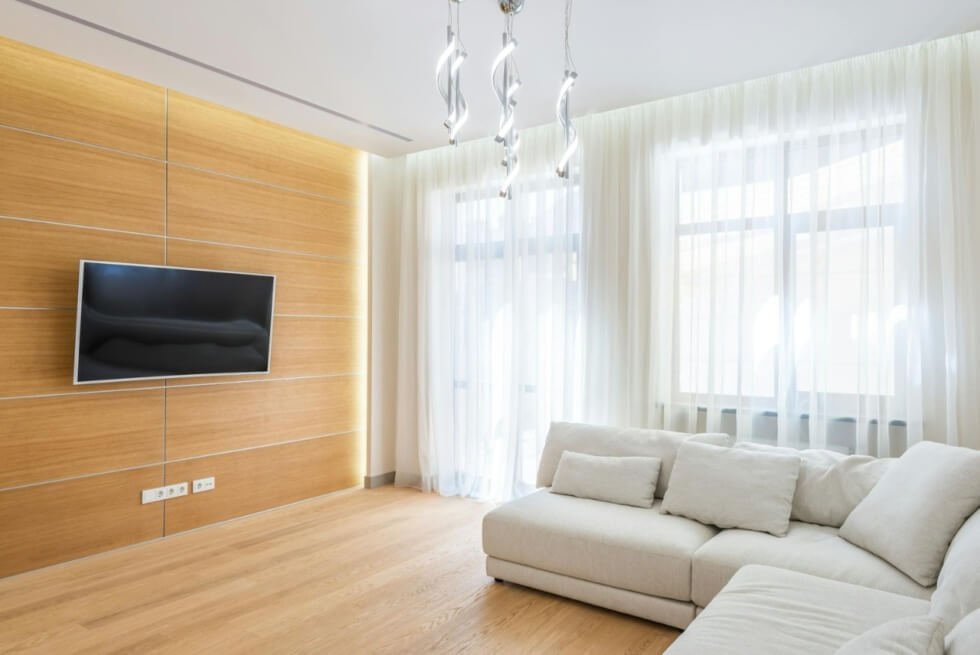
Perhaps what keeps people on the fence regarding TV brackets is the installation process. Most are probably intimidated by the complexity of it all. Nevertheless, those with basic know-how about home improvement projects should find the task easy enough to handle.
What usually comes to mind when we talk about wall mounts is the fixed type. However, there are others more to consider so you can make an informed decision as to what works best for each specific situation.
As noted above, the most basic option keeps your TV firmly flush against the wall with barely any wiggle room in between. Depending on the planned usage scenario, there is a TV bracket designed exactly for it.
Fixed TV Bracket
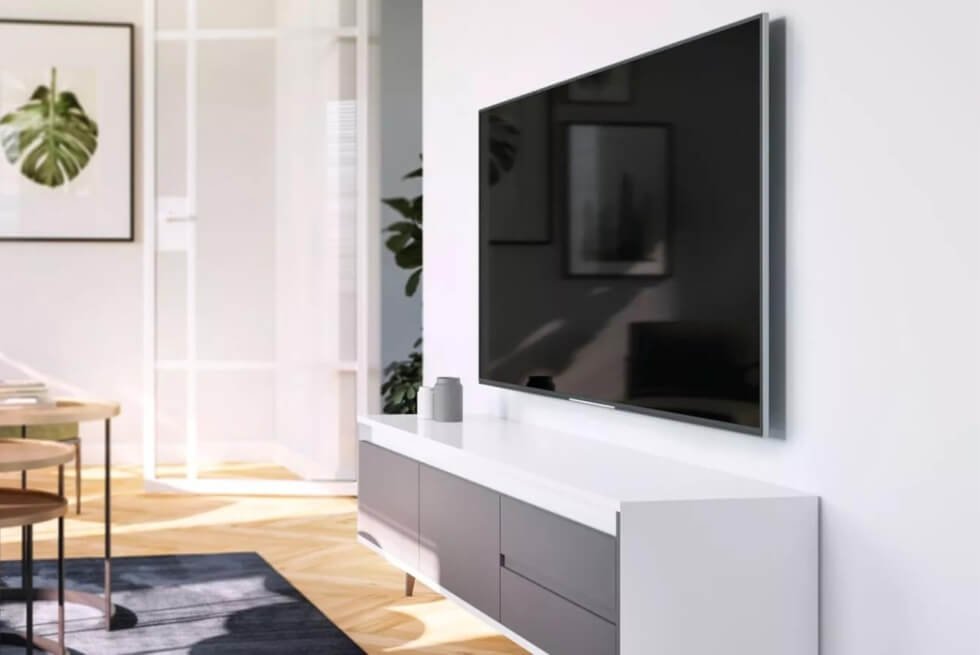
When there’s just a need to free up some floor space in your home, a fixed TV bracket is the ideal choice. It may seem simple at first, but professionals have a couple of recommendations to get the best results. A good rule of thumb is to keep the middle section of the screen at eye level.
This minimizes eye fatigue and ensures viewers can perceive all the details as they should be, Therefore, determine the size of the TV and check to see if there is nothing that would get in the way of the mounting bracket. Once you’ve found the perfect spot, use a spirit level to mark the appropriate drill points.
Also, there are SKUs with integrated bubble levels, which is a welcome convenience. Close to every modern panel is compatible with the VESA standard. In fact, we just need to choose the right TV bracket that can support the weight of our flatscreen television.
A fixed variant has its fair share of caveats such as limited viewing angles, almost inaccessible ports, and restrictive adjustments. Still, the entry-level pricing and impressive durability are difficult to ignore. Pick this when on a budget and if there are no plans to move furniture around in the future.
Tilting TV Bracket
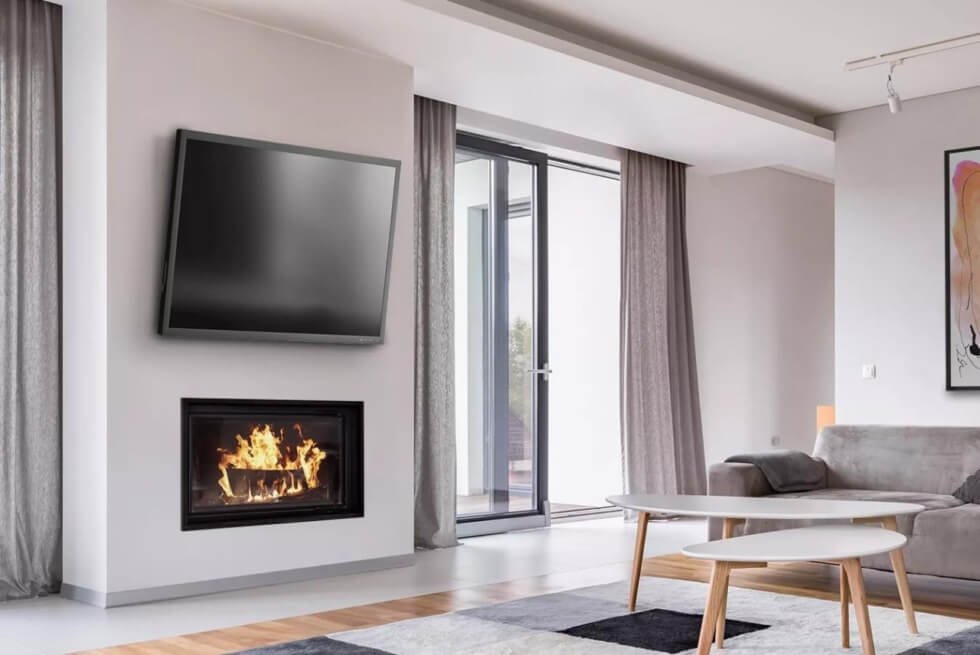
As indicated by the name, here we have another type engineered for a bit of flexibility. Although the method of installation is somewhat similar to a fixed mounting system we detailed above, you’ll find the adapter brackets are equipped with a hinge mechanism. Furthermore, once hooked up, it leaves a small gap between the wall and the rear of your television.
This is an intentional design characteristic which allows us to vertically tilt our displays forward or backwards. The maximum angle possible differs from one brand to another. Likewise, the dimensions of the TV matters. If the current layout of the room requires a higher mounting point, then a tilting TV bracket is the best.
Not only does it cater to individuals who prefer to watch their shows while lying down, but also addresses other issues that can ruin the overall immersive experience. If for some reason, the location of the TV makes it susceptible to glare from windows or reflections from indoor lighting fixtures, a small tweak in either direction should take care of it.
Full-Motion TV Bracket
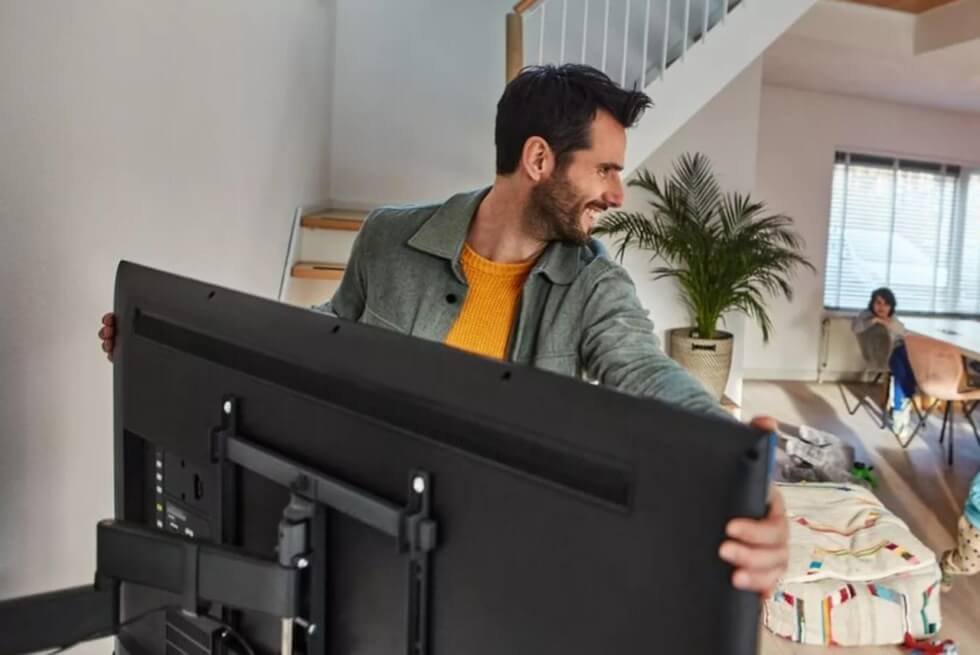
The last one on our list is certainly the most versatile of the bunch. If the features of the previous two types are lacking, then a full-motion TV bracket is the ultimate solution. Some even refer to it as a swivel mount. Keep in mind that the size and weight of your television need to be accounted for. Not all boast an exceptional range of motion, but there are models out there that do.
Unlike a fixed or tilt TV bracket, the unhindered movement it offers makes it a must-have for homes with open floor plans. It can extend outward, swing to the sides, and tilt up or down. Thus, the flatscreen television remains viewable from practically anywhere as long as nothing blocks your line of sight. To take it even further, motorized versions let you make adjustments remotely.
Our Takeaway
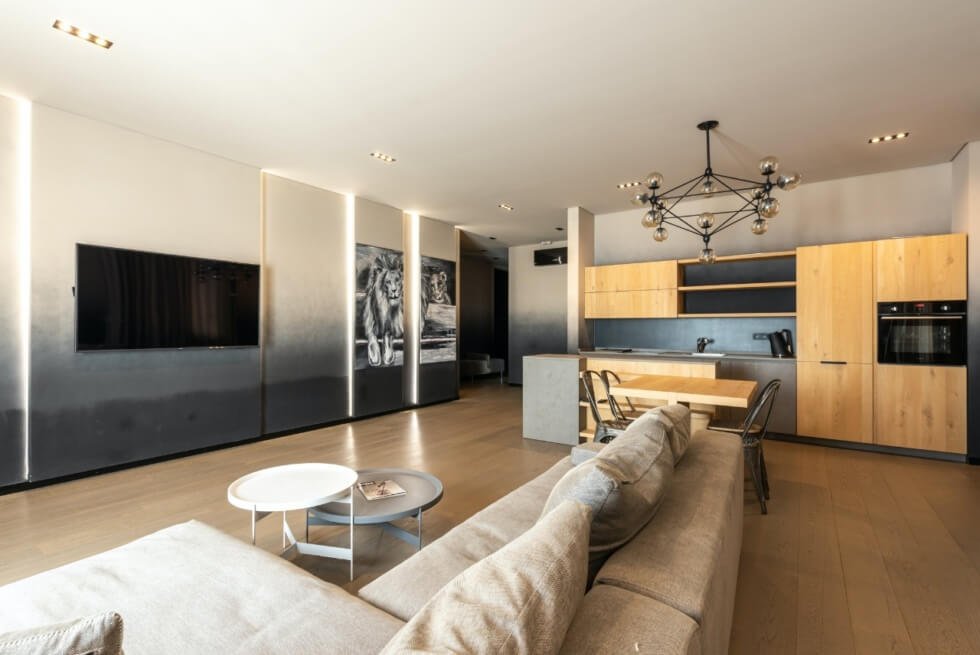
As you can tell, the ideal type of TV bracket relies entirely on several factors. Firstly, figure out where the assembly needs to be mounted. Next, check the room layout and confirm if there are any wires or plumbing behind the wall that can potentially be damaged by a drill. Do any light sources create reflections or does sunlight hit the surface and generate glare?
Always double-check the maximum weight threshold for every mounting system to avoid potential injury and damage to your unit. For larger spaces, invest in soundbars or home theater speakers for optimal acoustics. It’s a potent combination that places the viewer at the heart of the action. So, there you have it! We hope this TV bracket guide helps our readers select the right type for their entertainment needs.




